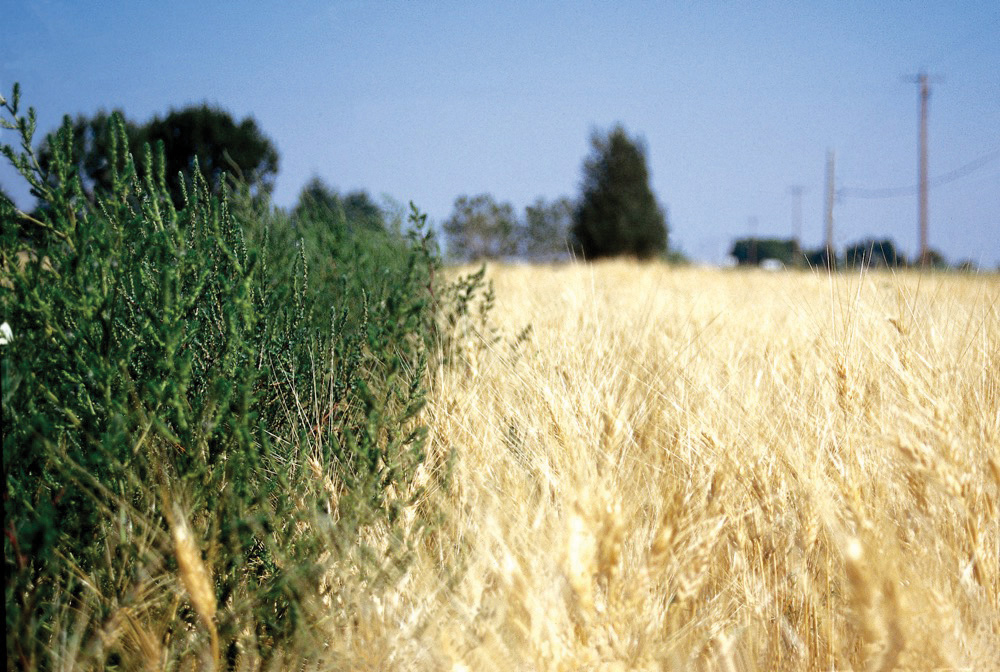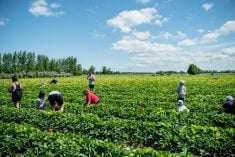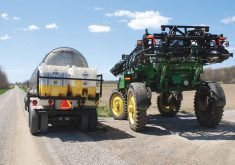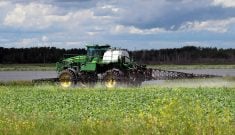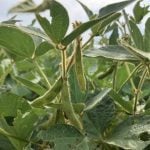Herbicide resistant weeds have been present in Manitoba since the 1980s but they are now becoming a critical issue that cannot be ignored.
Kim Brown-Livingston, Manitoba Agriculture’s weed specialist, called it the biggest problem facing producers. More resistance is cropping up and no new modes of action have been available on the Prairies in the past 30 years.
“We need to find herbicide alternatives in the face of growing weed resistance,” Brown-Livingston said during a recent webinar.
Read Also
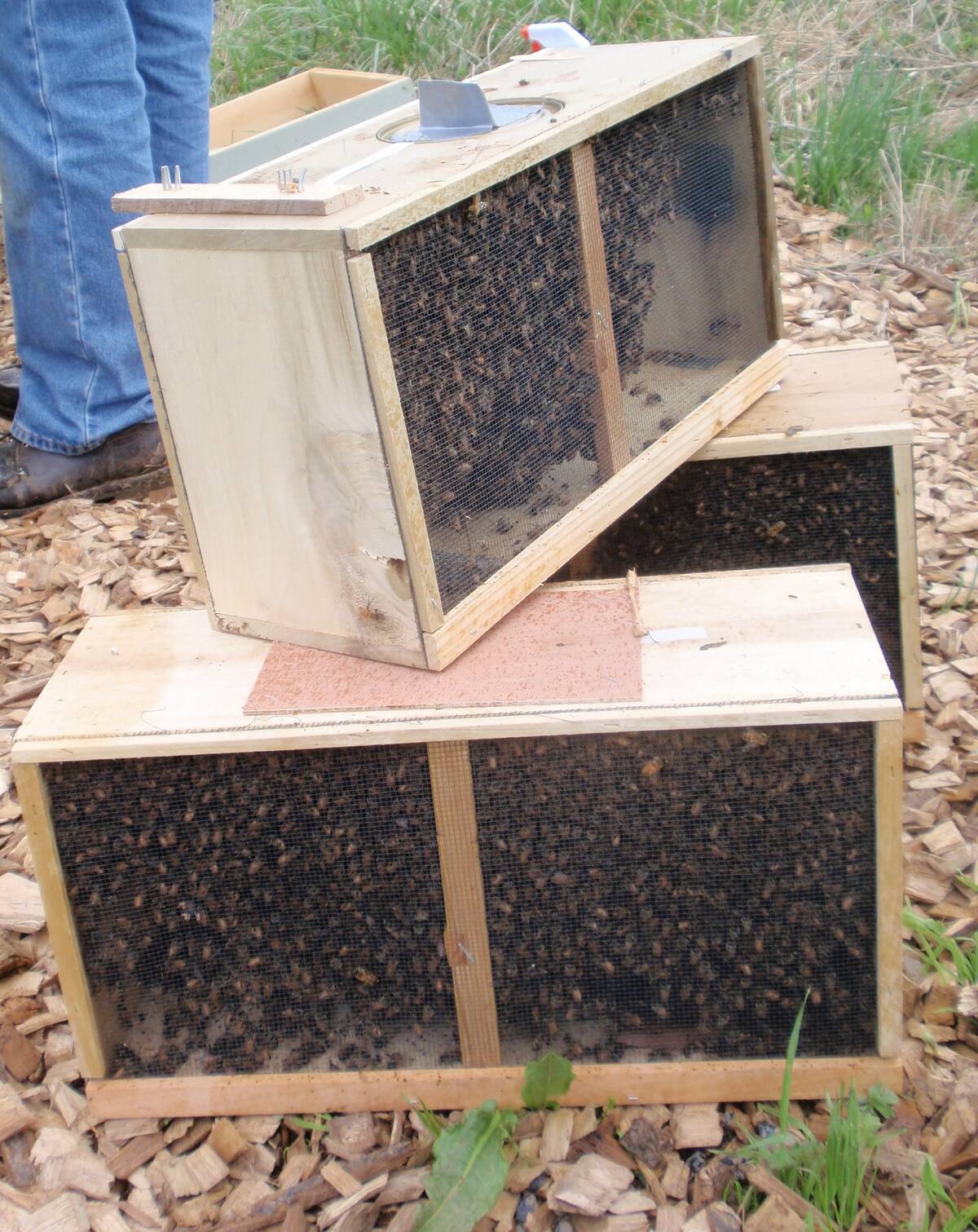
Canadian beekeepers call for regulatory accountability
Beekeepers say the Canadian Food Inspection Agency should restore packaged U.S. bee shipments, claiming the agency isn’t following evidence.
There are three main approaches to agricultural weed control: chemical, mechanical and cultural.
Chemical methods involve using herbicides to kill or suppress weed growth. Mechanical methods involve physically removing weeds through tillage, hand weeding or mowing. Cultural methods focus on modifying the environment to reduce weed growth, such as crop rotation, cover cropping and adjusting plant density.
Herbicides weren’t available prior to the 1940s, but they quickly became the primary tool used to control weeds. The goal with integrated weed management is to reintroduce cultural and mechanical methods to backstop chemicals, which are beginning to fail.
That means looking at the production system as a whole, rather than just the weed control component.
“The seeder and the combine are integral tools for weed management. It’s not just the sprayer, so we have to look at the whole system,” said Brown-Livingston.
That doesn’t mean farmers must turn their backs on herbicides. Chemicals will continue to be important tools for controlling weeds.
“You need to make every drop of the herbicides count while they’re still working, and they will last longer if you do this,” Brown-Livingston said.
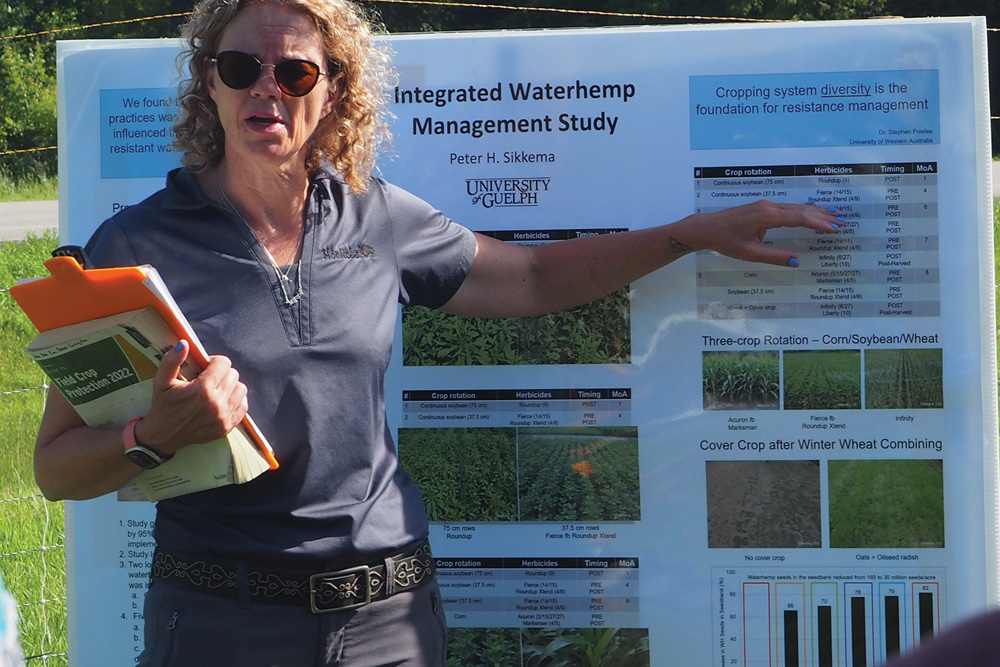
Cultural control
Adding cultural control methods can reduce pressure on herbicides. Managed fertilizer placement, increased crop rotation and crop diversity, higher seeding rates, narrower row spacing, use of competitive cultivars, altered seeding dates and cover cropping are all examples of cultural controls.
Brown-Livingston pointed to research that highlights the effect of these practices. The research was done by Charles Geddes of Agriculture and Agri-Food Canada on herbicide-resistant kochia. In one of these trials, narrower rows and increased seeding rates reduced kochia biomass by 80 per cent.
In another trial, Geddes’ research showed that adding winter wheat to a rotation reduced kochia biomass by 64 per cent, and with alfalfa and meadow brome in the rotation, kochia biomass was reduced by 99 per cent.
Optimize spraying
Cultural controls are the kinds of things that can be done before the sprayer comes out. But when it is time to spray, it’s important to optimize operations so the herbicide does the best possible job, said Brown-Livingston.
“That means making sure you’ve got the right water volume; making sure you’ve got the right nozzles (check them for plugging and for wear); using the appropriate adjuvants; using the appropriate ground speed; and basically anything you can do to spray better.
“You have a limited amount of times that you can use a herbicide before resistance sets in. This is a given.”
Another way to delay herbicide resistance is to consider herbicide layering, which involves using multiple active ingredients from different herbicide groups to control the same weed in the same field in the same year.
Layering can provide improved weed control and may be used to reduce multiple resistance in one weed or address several weeds prone to resistance to different herbicide groups.
Harvest control
At harvest time, there are a number of ways to control harvest weed seeds.
“Some of them are pretty easy and some of them don’t require much modification,” said Brown-Livingston.
Other methods require a lot of modification and carry a hefty price tag.
Narrow windrow burning, using a chaff cart that captures and controls the distribution of weed seeds, is one method.
“There’s also bale direct, where you’re going to be putting the weed seeds on top of the straw,” said Brown-Livingston. “You’re dropping the straw. You’re not chopping it, you’re putting the weed seeds on top, and then you’re just baling it and taking it off the field.”
Another method is chaff tramlining.
“This is basically just running a chute up the chaff,” said Brown-Livingston. “The chaff has to come down and usually goes in behind one of the back tires, and then you’ll end up just with this little row of weed seeds and chaff, and it can either be burned or it can self-mulch.”
Weed seed impact mills are another method, but they require capital investment.
“These are being used very extensively in Australia, where they’ve been dealing with herbicide-resistant weeds much longer than we have,” said Brown-Livingston.


